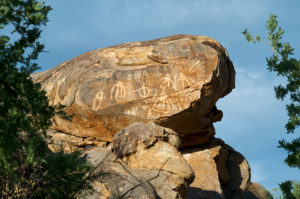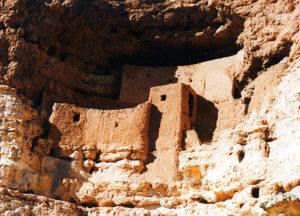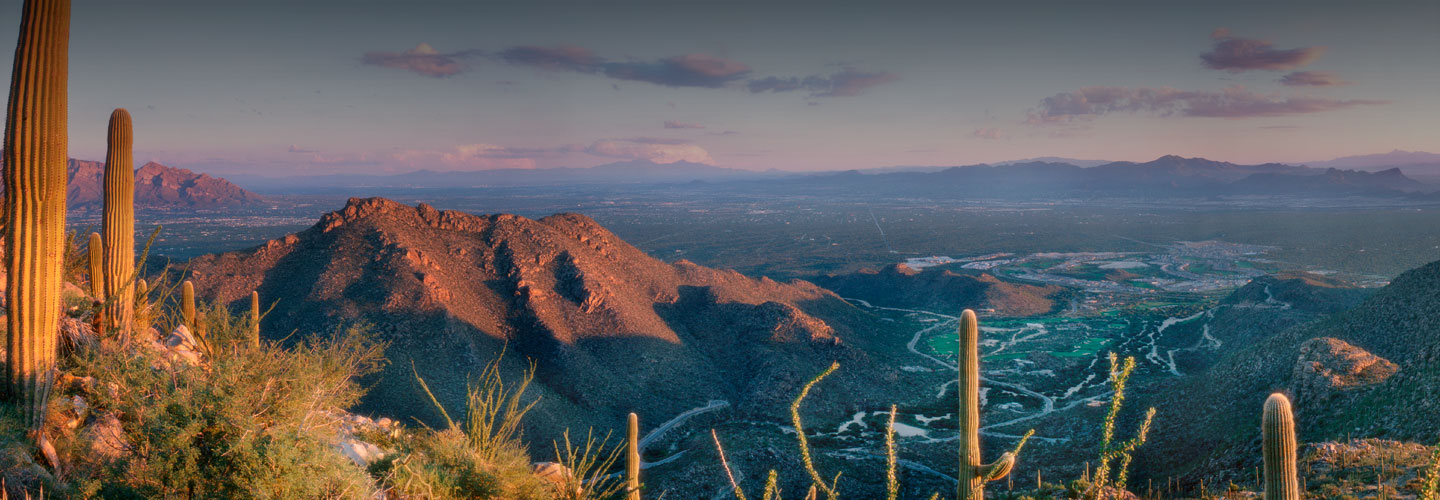
A Taste of Tradition: Living Through the Hohokam and our Ancestors
The Vast Sonoran Desert
The Sonoran Desert is a vast expanse of land, approximately 100,000 square miles, that can seem inhospitable at times. Yet when looking at it closely, it is home to thousands of different kinds of unique plants and animals. Rare species of cacti flourish and grow to be 40-60 feet tall and can have up to 25 arms. Bobcats, coyotes, and other indigenous animals roam the native landscape and add a sense of mystique to the wilderness. When looking at this fascinating ecosystem, it’s no wonder why people would want to live here surrounded by nature. But how did they do it?
The local culinary scene began nearly 4,000 years ago, starting with the Hohokam people. To make the desert habitable to humans, the Hohokam were some of the first to use refined and intricate irrigation systems. In fact, according to the Arizona Museum of Natural History, they were the only culture in North America to rely on irrigation canals to supply water to their crops. The climate made it impossible to depend on rainfall alone, so the Hohokam people found a way to use irrigation to sustain agriculture. By AD 1300, the Hohokam had irrigated 110,000-acres, a feat which in turn supported one of the most significant communities in prehistoric America. Organic foods grown by the Hohokam include corn, beans, squash, agave, and amaranth, crops which have since continued to be cultivated for thousands of years.
Preservation of the Past
 The Hohokam culture continues to be respected and carefully preserved, with ancient petroglyphs still visible throughout Dove Mountain community. Carson Mehl of Cottonwood Properties attributes his fascination with the landscape to the people who lived here before. “Native communities that lived here before definitely inspire us,” Mehl said. “Every evening at sunset, The Ritz-Carlton staff recounts stories of the ancient Hohokam people who once lived here as a musician plays native flute music.”
The Hohokam culture continues to be respected and carefully preserved, with ancient petroglyphs still visible throughout Dove Mountain community. Carson Mehl of Cottonwood Properties attributes his fascination with the landscape to the people who lived here before. “Native communities that lived here before definitely inspire us,” Mehl said. “Every evening at sunset, The Ritz-Carlton staff recounts stories of the ancient Hohokam people who once lived here as a musician plays native flute music.”
Organizations like Native Seeds Search and Presidio Trust for Historic Preservation make it their mission to conserve the native agriculture that has persisted here for thousands of years. Locals here are intensely interested in preserving the regional menu. The food in this area has been influenced by a handful of cultures; first with the Hohokam practices of irrigation farming, then the Mexican impact of corn or maize, the Spanish-mission era Mediterranean food and American ranching cuisine.
Tucson’s reverence for its rich tapestry of local flavors led to the city being deemed a “City of Gastronomy” after receiving the prestigious United Nations Educational, Scientific and Cultural Organization (UNESCO) City of Gastronomy Award. Out of 35,000 cities across the United States, Tucson was the first in the country to have been given this distinguished accolade and remains one of only two to hold the title, alongside San Antonio.
 In this same culinary spirit, the chefs at The Ritz-Carlton, Dove Mountain partner with artisans, farmers, and sustainable purveyors – such as Black Mesa Ranch, farmer Richard Starkey and Maggie’s Farm Aquaponics – to deliver authentic and innovative cuisine using locally grown and harvested foods. Menu items at Cayton’s, CORE Kitchen & Wine Bar and Ignite include Whiskey Del Bac, a local favorite using malt that is dried over a mesquite fire, as well as local craft beer made with heritage grain White Sonoran Wheat grown by BKW Farms. CORE Kitchen & Wine Bar also has its own 42-tree citrus orchard, from which guests can seasonally pick their own fruit for morning libations.
In this same culinary spirit, the chefs at The Ritz-Carlton, Dove Mountain partner with artisans, farmers, and sustainable purveyors – such as Black Mesa Ranch, farmer Richard Starkey and Maggie’s Farm Aquaponics – to deliver authentic and innovative cuisine using locally grown and harvested foods. Menu items at Cayton’s, CORE Kitchen & Wine Bar and Ignite include Whiskey Del Bac, a local favorite using malt that is dried over a mesquite fire, as well as local craft beer made with heritage grain White Sonoran Wheat grown by BKW Farms. CORE Kitchen & Wine Bar also has its own 42-tree citrus orchard, from which guests can seasonally pick their own fruit for morning libations.
